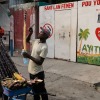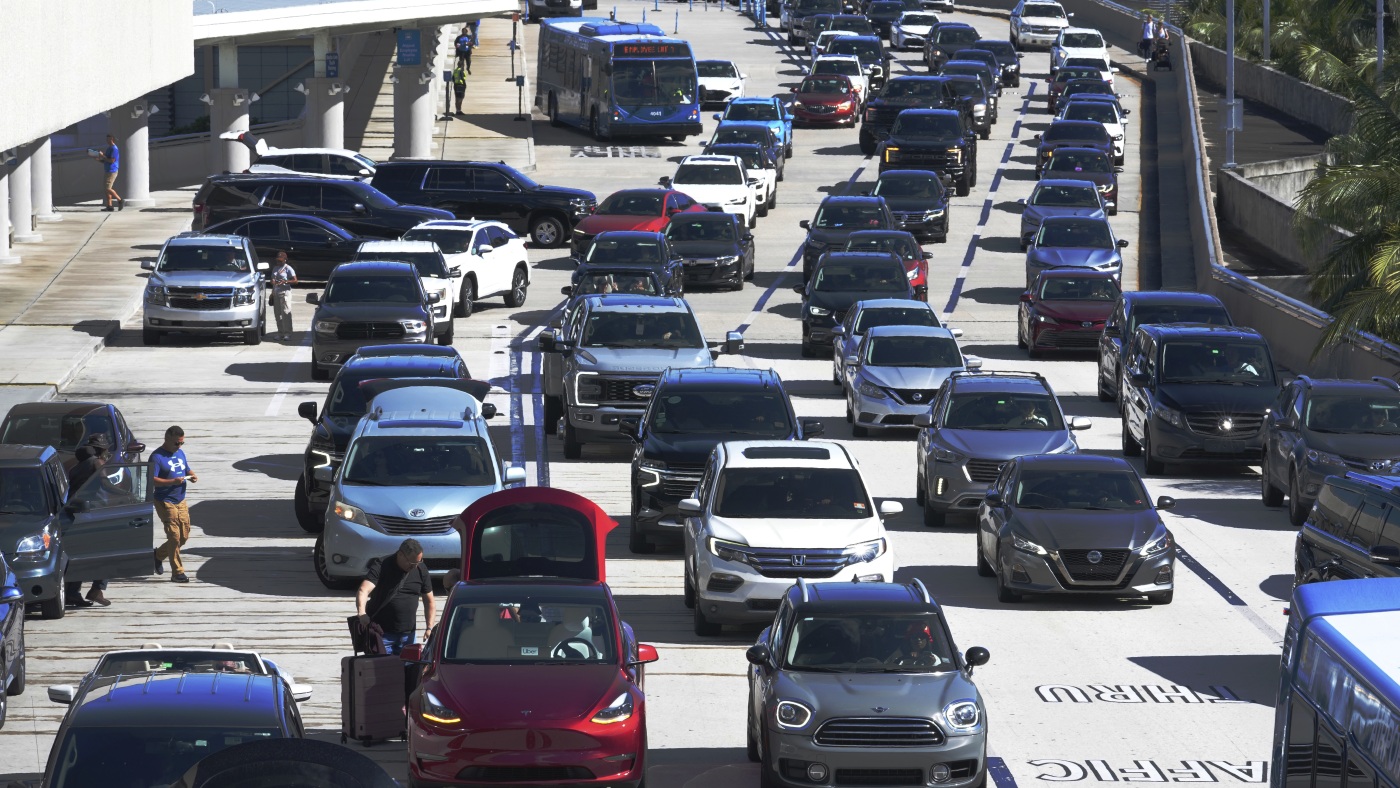The second part of the Wizard of Oz-inspired hit musical Wicked (For Good, this time) hits big screens across the world this weekend and, if the critics are to be believed, it makes for an emotional cinema experience. “Heartbreakingly tender,” says one Deadline critic. “A legitimate tearjerker,” reckons Roger Ebert. “The young women in the row behind me . . . started sniffling and sobbing, their tears then flowing on and off through the entire final act,” per the Hollywood Reporter.
The viewers are not the only ones sniffling. The film’s two leading stars, Ariana Grande and Cynthia Erivo, have become known just as much for their overt displays of emotion and affection towards one another and frequent capitulations into tears as for their performances — they were both nominated for Oscars last time.
Some people are highly unimpressed. “In a repeat of last year’s memorable antics that saw the inseparable pair repeatedly crying and touching each other . . . the recent press tour for the sequel has been equally ridiculous — with yet more weeping and even one bizarre breakdown over a noisy nearby helicopter,” raged the Daily Mail on Thursday. (A reference to a viral clip in which Grande shouts “Not the time, helicopter!” upwards as she strokes a weeping Erivo beside her.) “The carry-on is too much. Too much,” fumed Sky News Australia’s Rita Panahi during a regular (rather entertaining) segment called “Lefties Losing It”.
The carry-on never seems to ebb, either. Last week, Erivo made headlines for lunging to Grande’s defence during the Singapore premiere of the film, after a fan jumped on to the red carpet. Another video that has gone viral in recent days shows Erivo pulling away Grande’s arm and then kissing it after producer Marc Platt shakes it excitedly during a panel discussion.
But the clip that eclipses all the others, immortalised by countless memes, is one from last year’s press tour. An interviewer tells Erivo that fans have been “holding space” (?!) for one of her songs, to which the actress responds “that’s really powerful, that’s what I wanted”, looking moved (again). We then see Grande grabbing on to her co-star’s index finger to comfort her, a visual made all the more striking — some might say iconic — by the three-inch-long green nail jutting off the end of Erivo’s pointer.
Is it all a bit intense and unusual for them to be, er, carrying on like this? Yes. Are some of the parodies of them very funny and on the money? Also yes. But have I become obsessed with their weird little platonic — or at the very least semi-platonic — love affair, with the raw emotion they obviously feel in each other’s company and the absolute devotion these pint-sized vocal powerhouses hold for each other? That’s very much another yes.
That’s right, while I understand why everyone else is so focused on the “bromance” brewing between Donald Trump and Saudi Crown Prince Mohammed bin Salman, it’s the relationship between Grande and Erivo — which I would like to call their womance — that really moves me.
The first thing I like is their normalisation of the display of real, passionate emotion or, to put it another way, of wearing one’s heart on one’s sleeve. In our efficiency-focused, productivity-driven — dare I say male-dominated, or at least masculine-energy-dominated — society, it often feels like emotion is something we are meant to keep private, or certainly out of any professional setting. And while I am not suggesting that we start slopping our sentiments out on to the table the second they arise, I do welcome a world in which we are allowed to show that we are actually feeling things the whole time, and sometimes very deeply.
The second is just their celebration of the sheer unalloyed joy of close friendship. As CS Lewis writes in his tremendous 1960 book The Four Loves, it is often seen as the least important of the loves (the others he identifies are affection, as exists between parents and children, eros, and charity) but it is in fact far from that. It is precisely because it is not strictly needed that it is so important. “Friendship is unnecessary, like philosophy, like art, like the universe itself,” Lewis writes. “It has no survival value; rather it is one of those things which give value to survival.”
Maybe it is because I feel this so strongly myself that I am so taken by this unusually public friendship. “Just by being around her, I have become more of an ally to myself when I used to do a lot of self-abandoning, and I really do credit that to our friendship,” Grande said in a joint interview last year (before, of course, starting to weep).
Long live the Wicked witches and their weird and wonderful womance.
jemima.kelly@ft.com










































